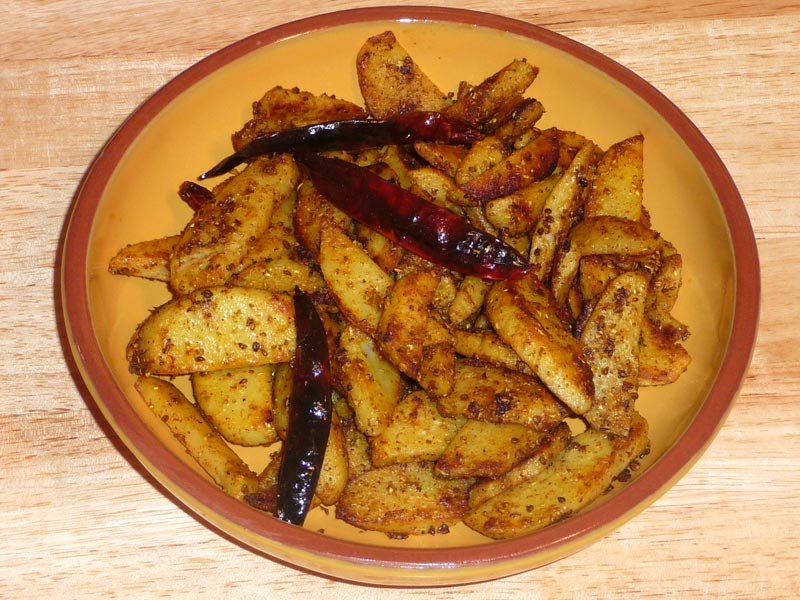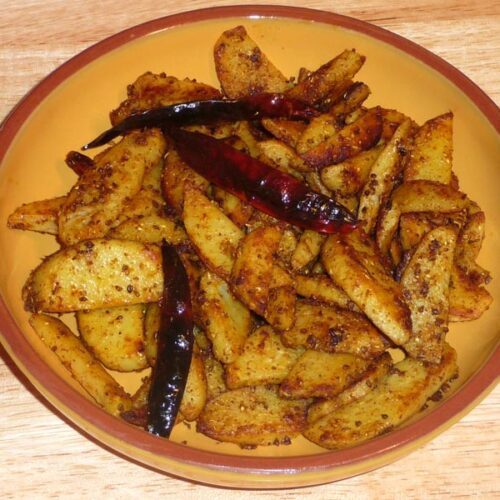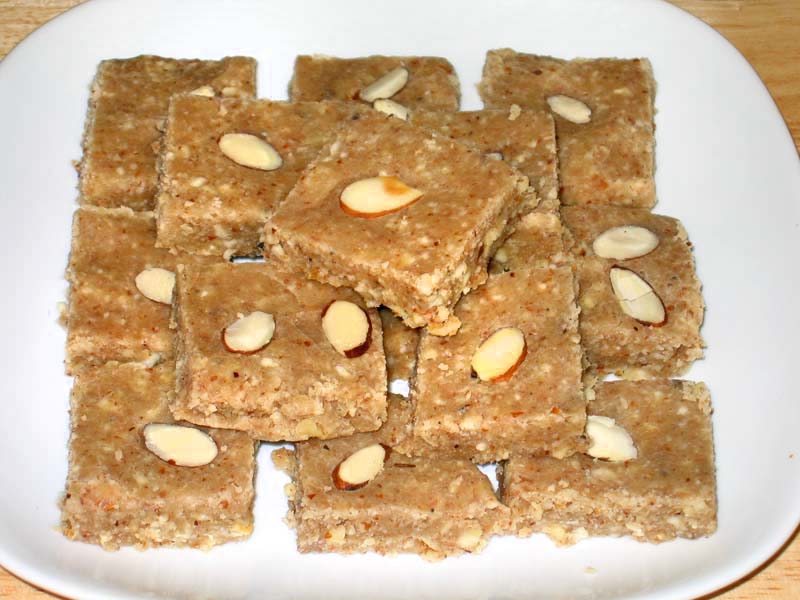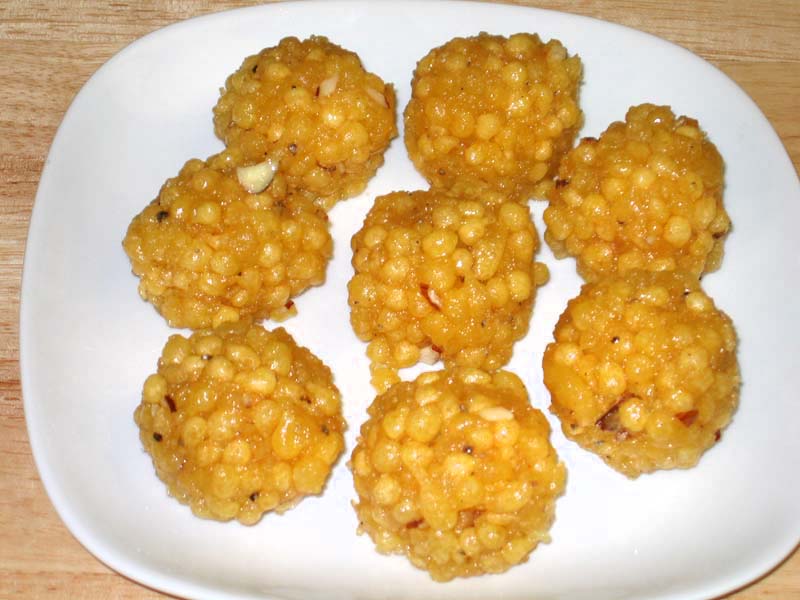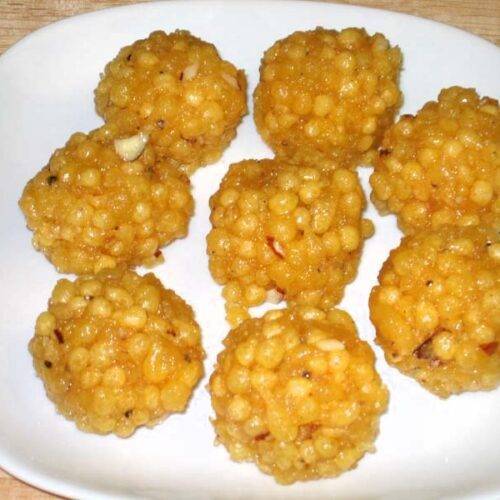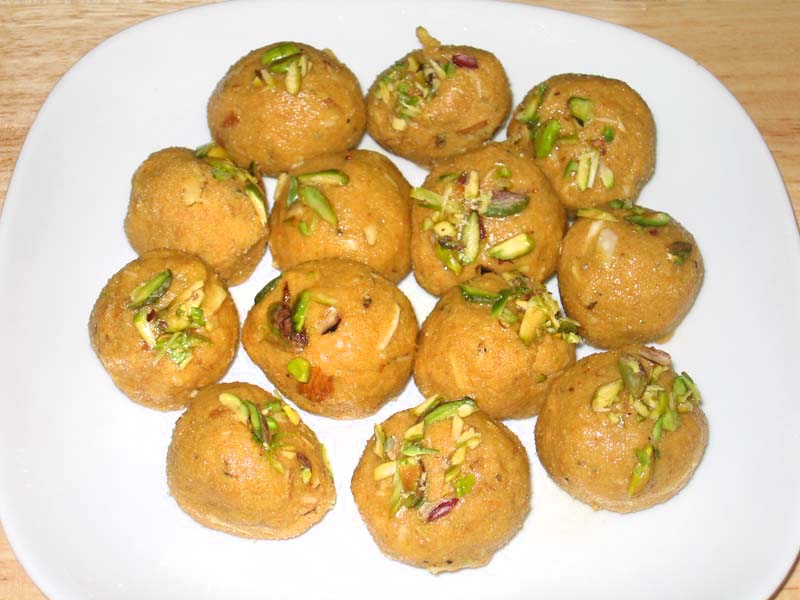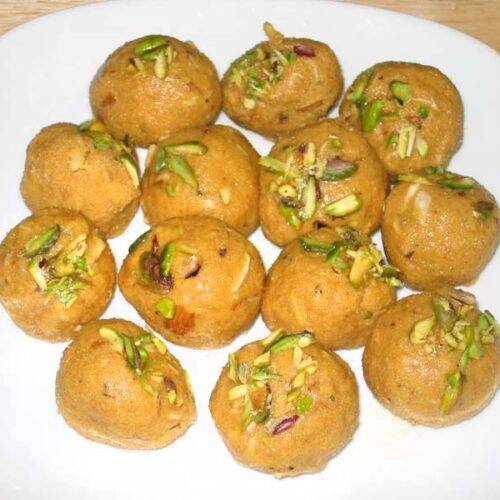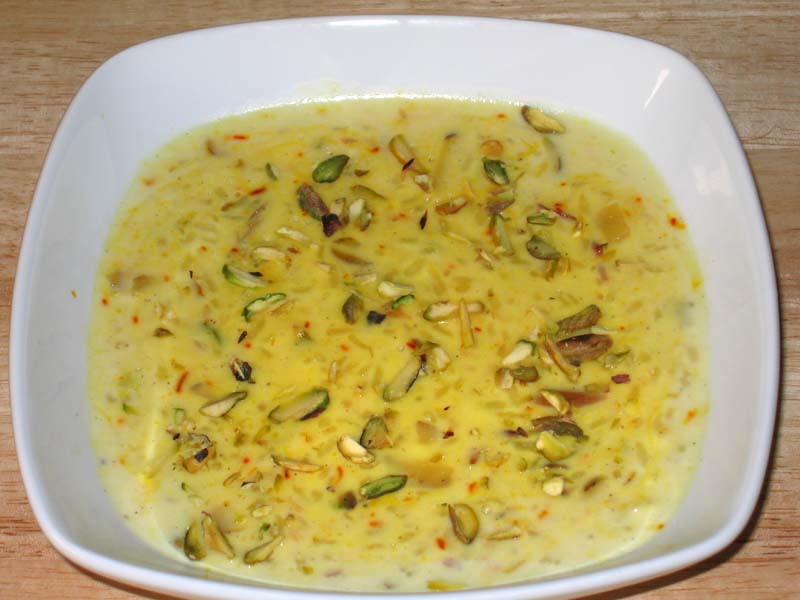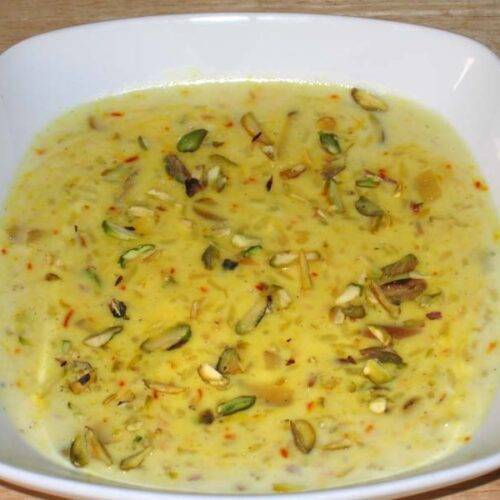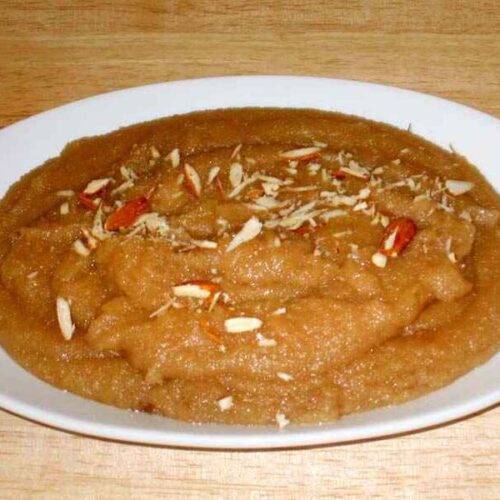Krishna Janmashtami Recipes: Celebrating the Birth of Lord Krishna
Krishna Janmashtami, the joyous festival celebrating the birth of Lord Krishna, is marked by fasting, prayers, and a variety of delectable Janmashtami recipes. This celebration is incomplete without preparing and offering traditional Janmashtami bhog recipes to the deity. Let’s explore some popular Janmashtami food recipes that can make your celebration special.
Festive Sweets for Janmashtami
Makhan Mishri
Makhan Mishri is one of the simplest yet most cherished Janmashtami bhog recipes. Made with fresh white butter and sugar crystals, this dish is believed to be Lord Krishna’s favourite. Including Makhan Mishri in your recipes is a must.
Peda is a delightful sweet made from khoya (dried milk) and flavoured with cardamom. This sweet treat is often prepared as part of a recipe. Pedas are part of easy indian recipes to make and can be offered as Janmashtami bhog recipes.
Kheer, a creamy rice pudding made with milk, sugar, and rice, is a staple in many Indian festivals, and kheer is a popular Indian dessert recipes. As one of the traditional Janmashtami recipes, Kheer is often flavoured with cardamom and garnished with nuts, making it a perfect offering.
Savory Delights for Janmashtami
Sabudana Khichdi is a popular fasting dish made with tapioca pearls, peanuts, and potatoes. This dish is light yet nutritious and fits well within Krishna Janmashtami recipes. It’s an excellent choice for Janmashtami food recipes and comes under one of the healthy indian recipes
Aloo Puri consists of spiced potato curry served with deep-fried bread (puri). This dish is a festive favourite and is often included in Janmashtami bhog recipes. The combination of spicy aloo and crispy puris makes it a beloved part of the recipe. It’s a popular dish up in north indian recipes
Special Janmashtami Bhog
Panjiri is a traditional Janmashtami bhog recipe made with whole wheat flour, ghee, sugar, and nuts. This nutritious and delicious dish is often prepared during Krishna Janmashtami. It is believed to have been a favourite of Lord Krishna and is a vital part of Krishna Janmashtami recipes.
Malpua is a sweet pancake soaked in sugar syrup, often served with rabdi (sweetened condensed milk). This dessert is a classic Janmashtami food recipe.
Enhancing Your Janmashtami Feast
To enhance your Janmashtami feast, consider exploring related categories that complement these Janmashtami recipes. Adding popular Indian snacks recipes like samosas and pakoras can provide a variety of flavours and textures.
For a sweet ending, explore Indian desserts such as gulab jamun and jalebi. Incorporating healthy recipes like roasted nuts and fruit chaat can offer lighter options for your guests.
Hosting a large gathering? The popular party recipe category is filled with dishes that are sure to impress your guests and make your celebration memorable. Including North Indian recipes like dal makhani or biryani can add a touch of authenticity to your meal.
Frequently Asked Questions (FAQs)
Q: What are some popular Janmashtami recipes?
A: Some popular Janmashtami recipes include Makhan Mishri, Peda, Kheer, Sabudana Khichdi, Aloo Puri, Panjiri, and Malpua.
Q: How can I make traditional Krishna Janmashtami food at home?
A: To make traditional Krishna Janmashtami recipes at home, try recipes like Makhan Mishri, Peda, and Kheer. These recipes are simple to prepare and capture the essence of the festival.
Q: What are some Janmashtami special food ideas for a party?
A: Some Janmashtami party food ideas include Makhan Mishri, Peda, Sabudana Khichdi, and Aloo Puri. These dishes are flavorful and perfect for celebrations and gatherings.
Q: Can I prepare Janmashtami food in advance?
A: Yes, many Janmashtami food recipes can be prepared in advance and stored. Sweets like Peda and Kheer can be made ahead of time, while dishes like Sabudana Khichdi and Aloo Puri can be prepared and refrigerated.
Q: What are some healthy options for Janmashtami food?
A: Some healthy recipes options for Janmashtami food recipes include roasted nuts, fruit chaat, and steamed dishes like Sabudana Khichdi.
Conclusion
Janmashtami is a celebration of rich flavours and traditional preparations. Whether you’re looking for Janmashtami dinner recipes, these dishes will bring joy and satisfaction to your table. So, gather your ingredients, try out these recipes, and create unforgettable meals with your loved ones. Don’t forget to explore related categories for more delightful recipes from Manjula’s Kitchen!
By incorporating these dishes into your Janmashtami celebrations, you’ll be able to enjoy a wide variety of delicious and traditional foods. Whether you’re looking for sweets, snacks, or main courses, there’s a Janmashtami food recipe to suit every taste. Happy cooking and happy Krishna Janmashtami!



